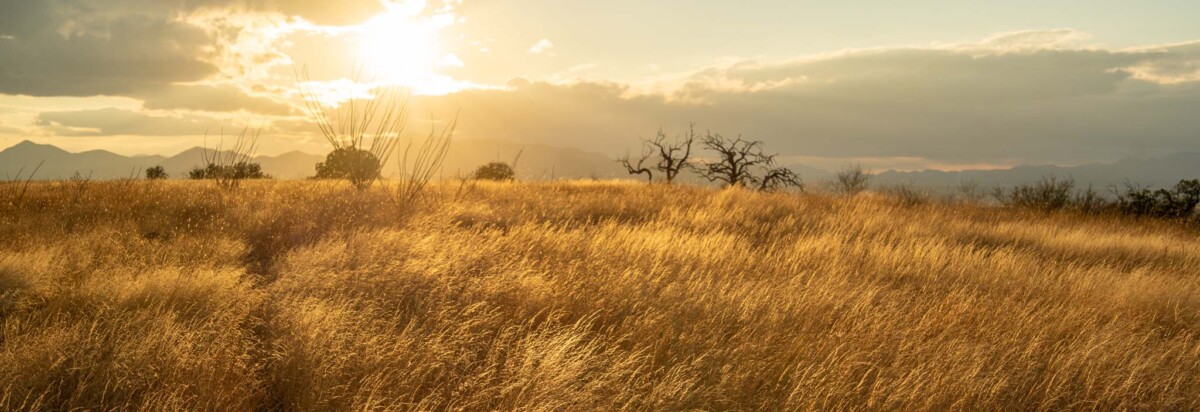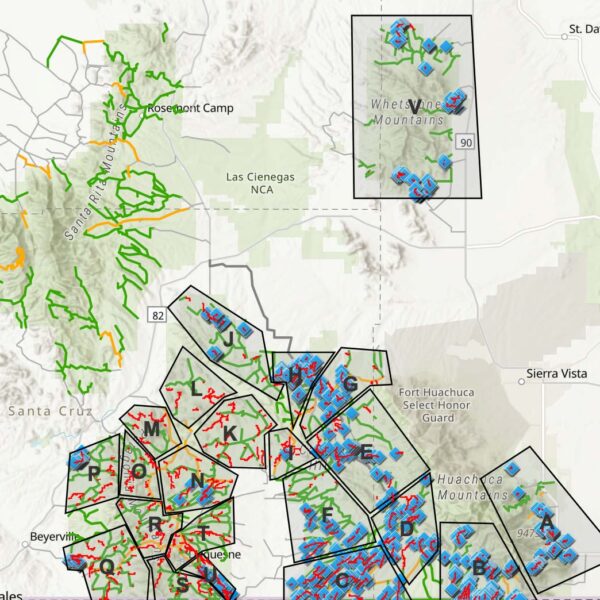
FAQ for Coronado Road Decommissioning Project
April 15, 2024Thanks to all who’ve expressed interest so far in Sky Island Alliance’s collaboration with the U.S. Forest Service. Here are answers to some frequently asked questions regarding the work. Why…
Read more »
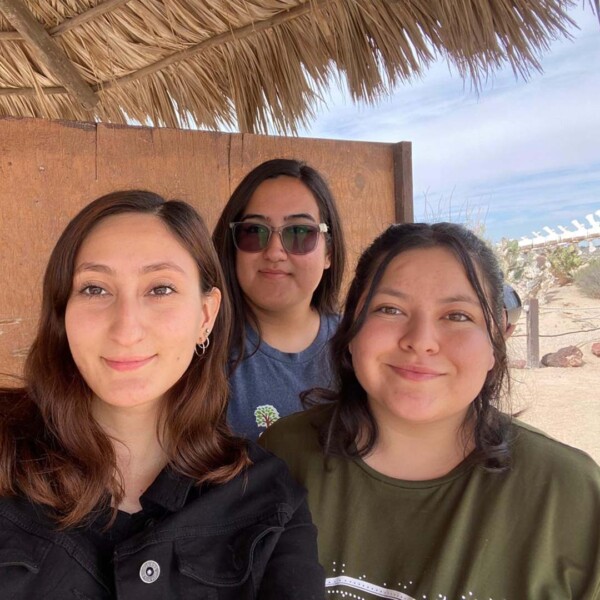
Exploring Nature Through the Camera Lens: A Photographic Adventure
April 8, 2024Guest Blog by Jeny Fernanda Ramos Rascón This blog was made possible thanks to a camera donation during SIA’s 2023 Sonora gear drive. Denia Valencia, Jeny Fernanda Ramos Rascón, and…
Read more »
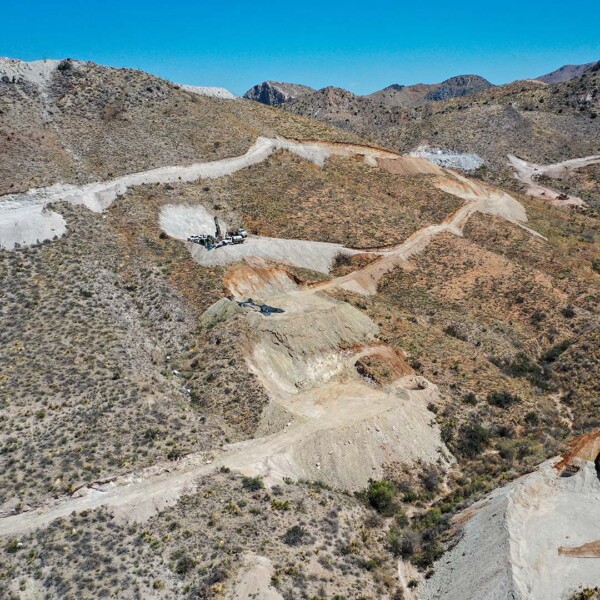
Defend Arizona’s Santa Ritas From Copper Mining
April 4, 2024We need your help defending jaguar habitat and precious groundwater in southern Arizona’s Santa Rita Mountains. Canadian mining giant Hudbay Minerals is once again pushing its dystopic “Copper World” mining…
Read more »
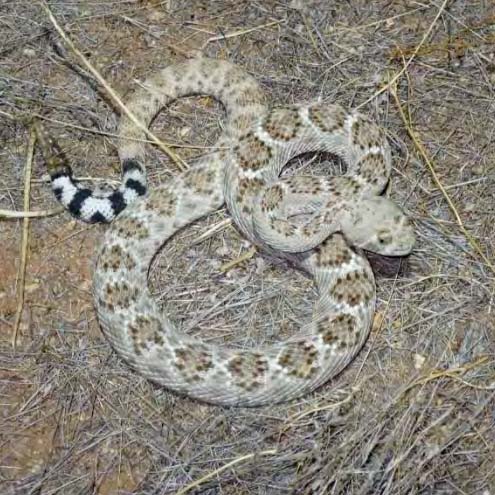
Snake Season’s Here: Get to Know Local Species
March 21, 2024It’s that time of year again: Snakes are awakening from their winter brumation (a snake version of hibernation). And one of our volunteers, Pat Cicero, who’s a snake enthusiast, put…
Read more »
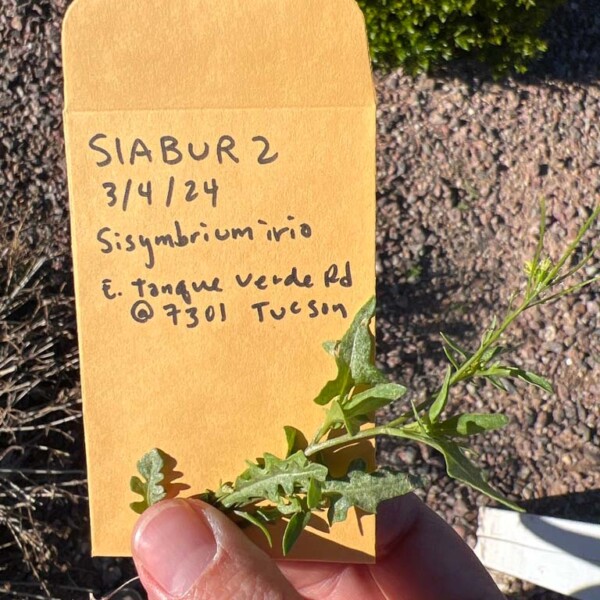
Help Sample Tucson Plants to Study Fuel Emissions
March 6, 2024Did you know that we can identify fossil fuel emissions in the air by sampling annual plants? Knowing where greenhouse gases are and at what concentrations can help policymakers fight…
Read more »
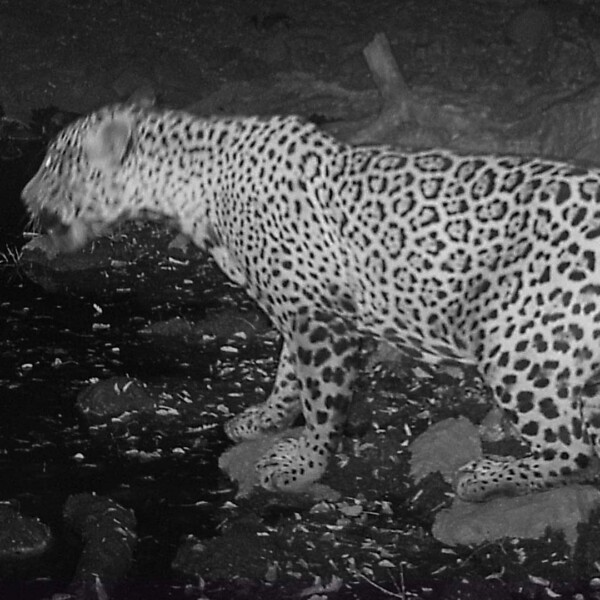
Protecting the Path of the Jaguar: Why It Matters
February 22, 2024To promote wildlife resilience and land integrity in the face of relentless development and habitat fragmentation, Sky Island Alliance focuses our work within what we call the Path of the…
Read more »
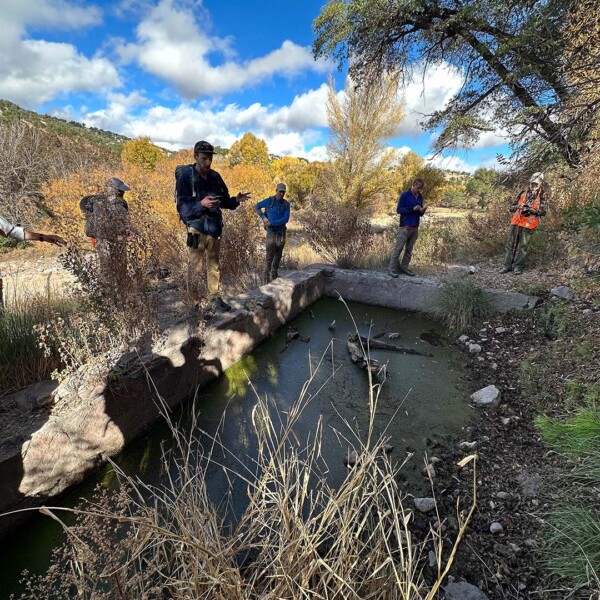
Help Survey Wilderness Springs in the Sky Islands
February 2, 2024We’re excited to announce a big push in our campaign to survey springs in wilderness areas of the Coronado National Forest. As defined by the Wilderness Act of 1964, wilderness…
Read more »
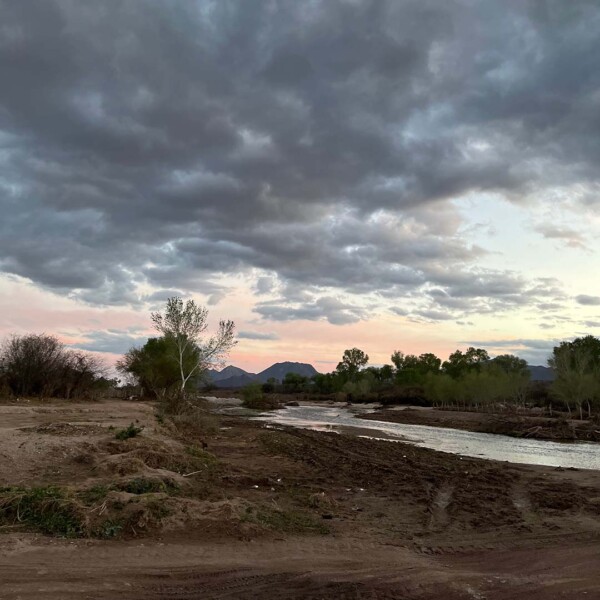
Sky Island Hikes: Banámichi to Río Sonora
January 29, 2024The following is part of a series of recommended Sky Island hikes. Be safe, have fun, and leave no trace. Earlier last year, Sky Island Alliance’s entire staff met up in the…
Read more »
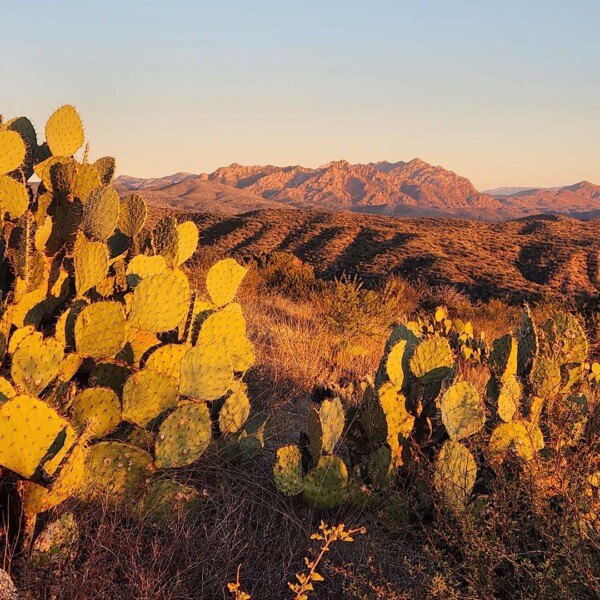
A Look Ahead at 2024
January 11, 2024It’s the start of a new year, and our binational team has an exciting set of priorities for the year ahead. As always, we are dedicating ourselves to protect and…
Read more »

Mujeres Fronterizas #7: Faith Ramon
December 14, 2023Subscribe: Spotify / Apple Podcasts In our last episode of “Mujeres Fronterizas” for 2023 (we’ll be back in February), SIA board member Denise Moreno Ramírez interviews Faith Ramon about growing…
Read more »

